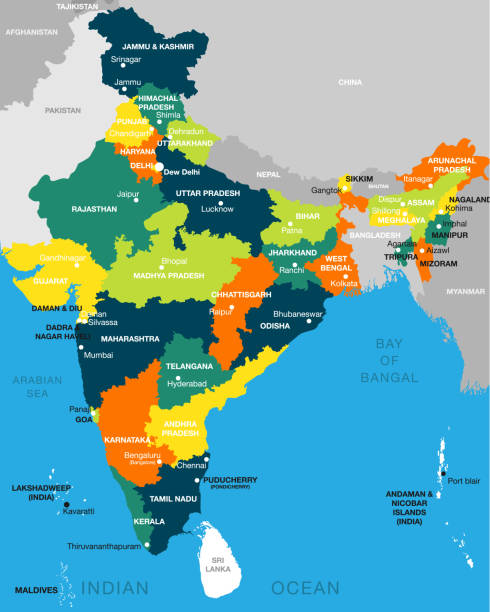Rigvedic aryans were pastoral people is borne out by the fact that?
Previous year ssc questions | cgl previous year question |multiple choice | previous year question papers |competitive exam |questions and answers |
Pre-Historic Period-Question 14
Daily Online General Knowledge Quiz:Previous year paper gk questions with answers and explanation in English on Indian History of Pre-Historic Period.
14.Rigvedic aryans were a pastoral people is borne out by the fact that?
A. There are many references to the cow in Rigveda
B. Most of the wars were fought for sake of cows.
C. gifts made to priests were usually cows and not land.
D. All of the above
All of the above
Note: The economic life of the Rigvedic people sustained both on agriculture and pastoralism. In Rigveda, we find references of levelling of field, seed, implements and also can find man references are made to cow. Terms like Gotra, Godhuli, Goghna, Gayguti shows the importance of cow.
🔑Key Points
✔The knowledge about the Aryans comes mostly from the Rigveda-samhita, i.e. the oldest layer of the Vedas, which was composed c. 1200–1000 BCE. They brought with them their distinctive religious traditions and practices.
✔Indo-Aryan people migrated into north-western India and started to inhabit the northern Indus Valley.
✔The Indo-Aryans represented a sub-group that diverged from other Indo-Iranian tribes at the Andronovo horizon before the middle of the 2nd millennium BCE, The Indo-Iranians originated in the Sintashta culture, from which arose the subsequent Andronovo horizon.
✔The Sintashta culture( 2200–1800 BCE) , also known as the Sintashta–Petrovka culture or Sintashta-Arkaim culture, is a Middle Bronze Age archaeological culture of the northern Eurasian steppe on the borders of Eastern Europe and Central Asia.
✔The Indo-Aryans migrated through the adjacent Bactria–Margiana area (present-day northern Afghanistan) to northwest India, followed by the rise of the Iranian Yaz culture at c. 1500 BCE, and the Iranian migrations into Iran at c. 800 BCE.
✔According to some Indian writers and archaeologists the Aryans are indigenous to the Indian subcontinent. In this view, "the Indian civilization must be viewed as an unbroken tradition that goes back to the earliest period of the Sindhu-Sarasvati (or Indus) tradition (7000 or 8000 BCE)."
*This Question is a part of previous year paper gk questions on Pre-Historic Period of India.
References
1.Indigenous Aryanism-wikipedia2.Vedic period-wikipedia
3.NCERT Text Books
More Questions on Pre-Historic Period of India


Comments
Post a Comment